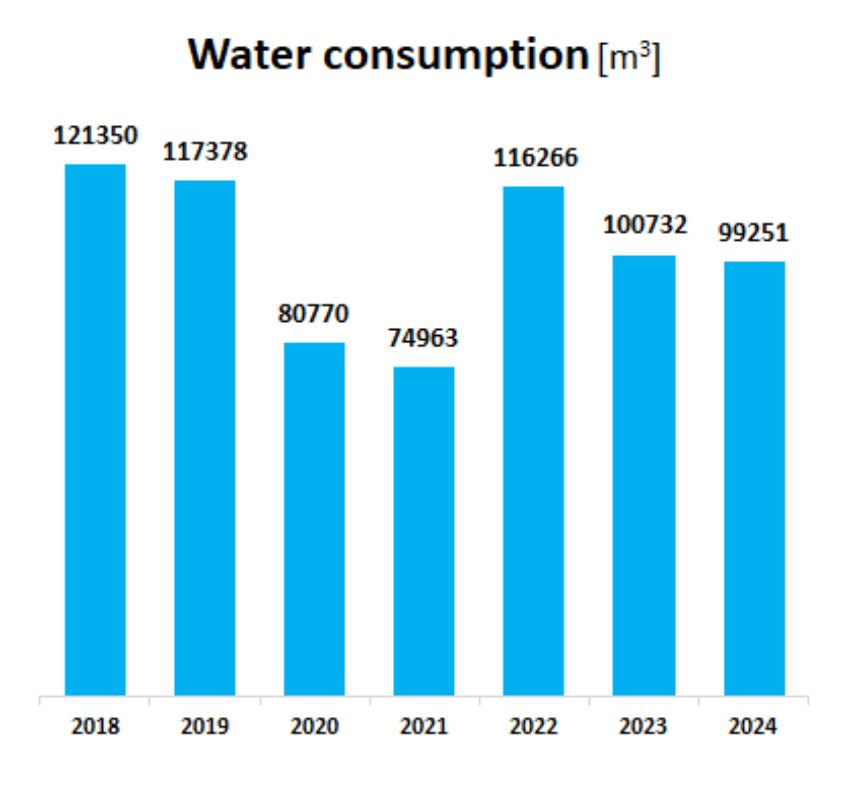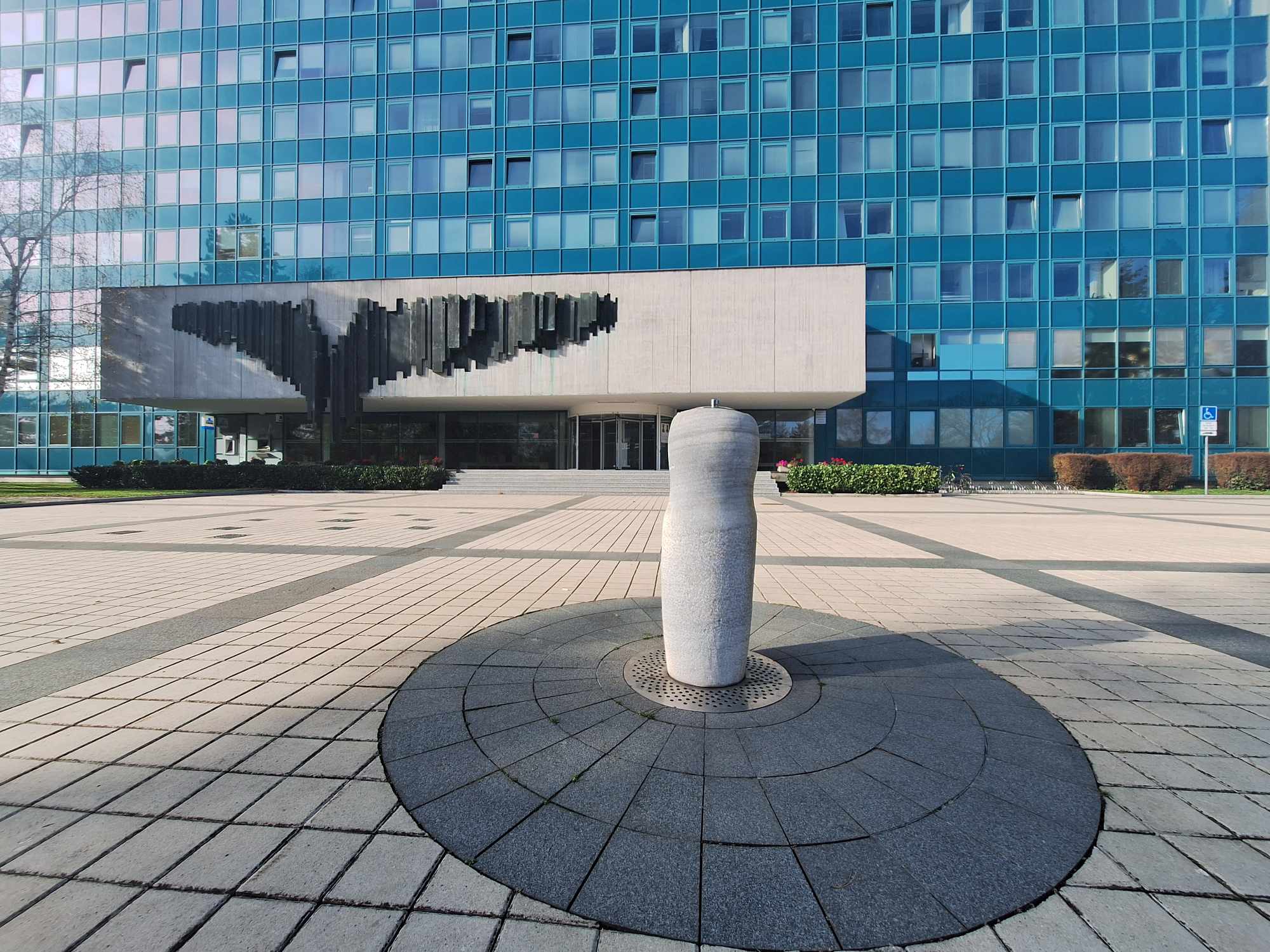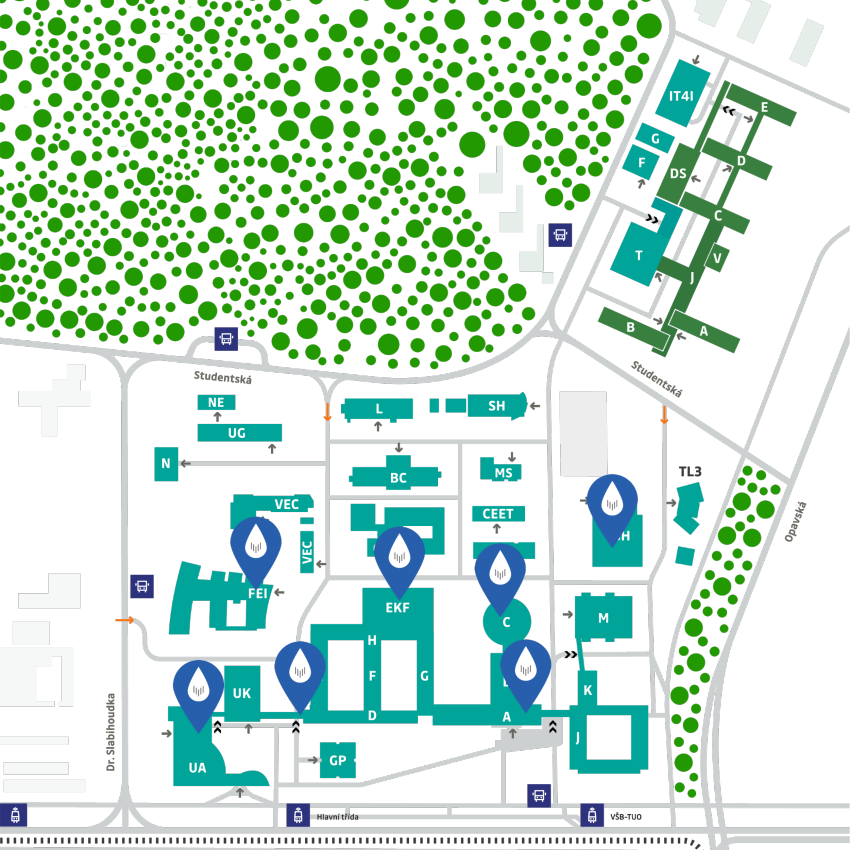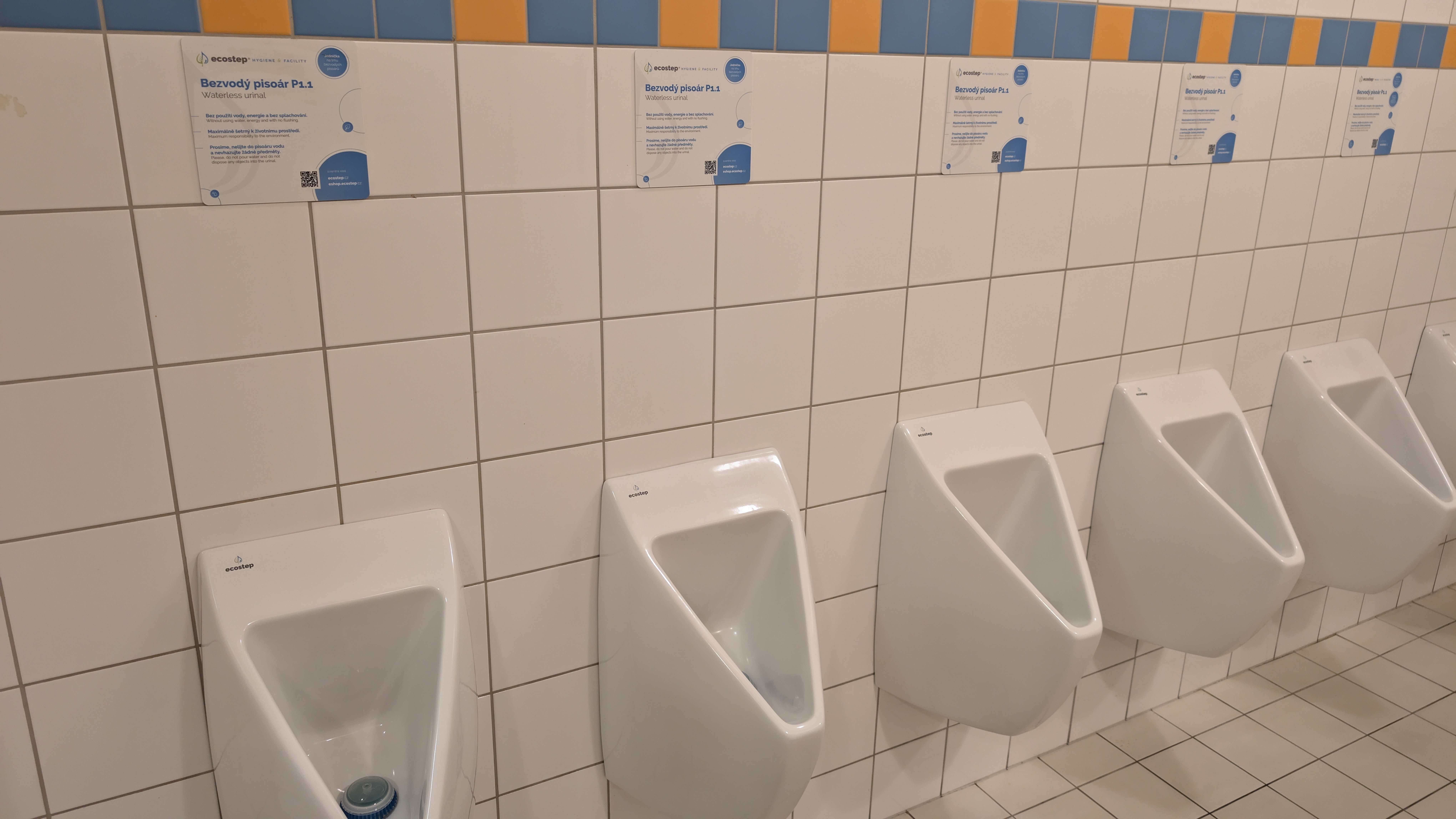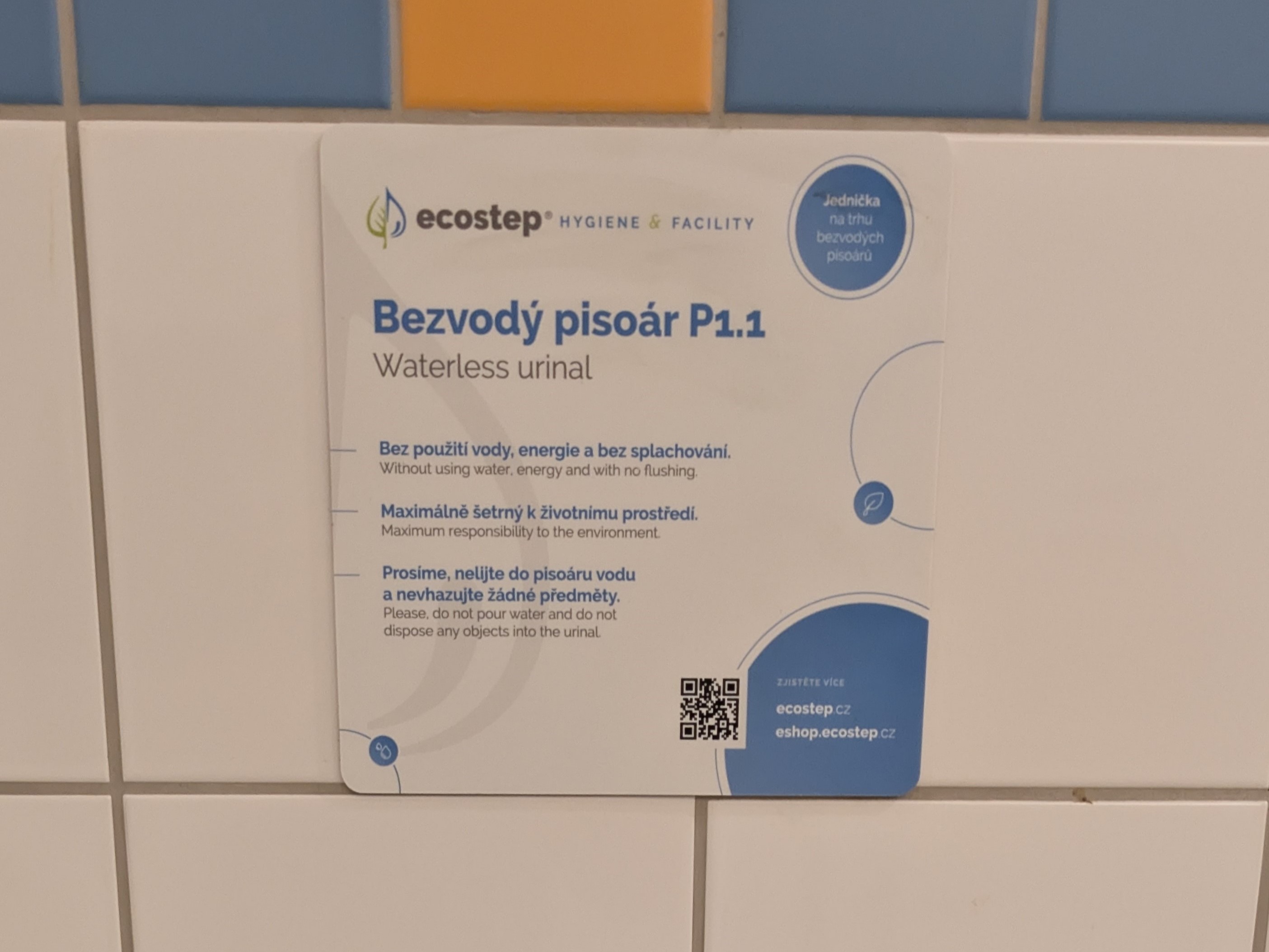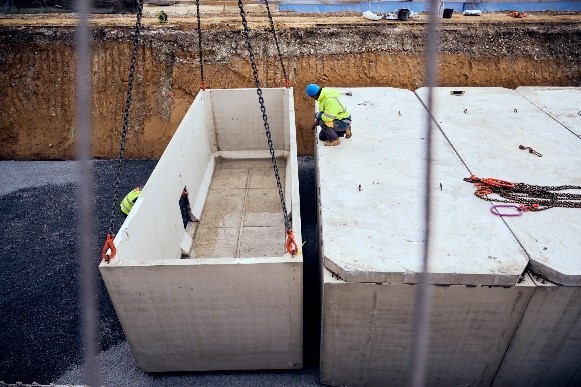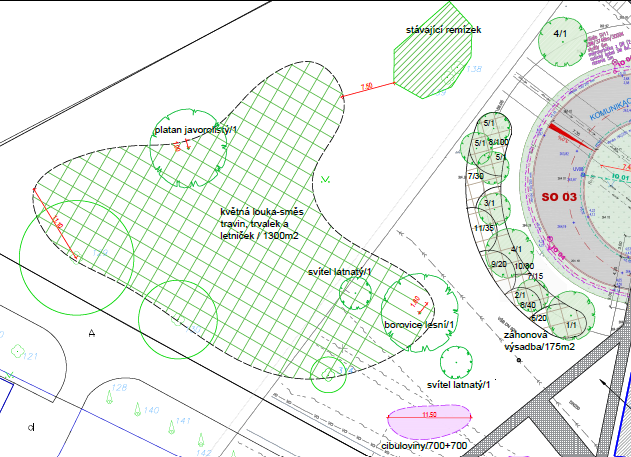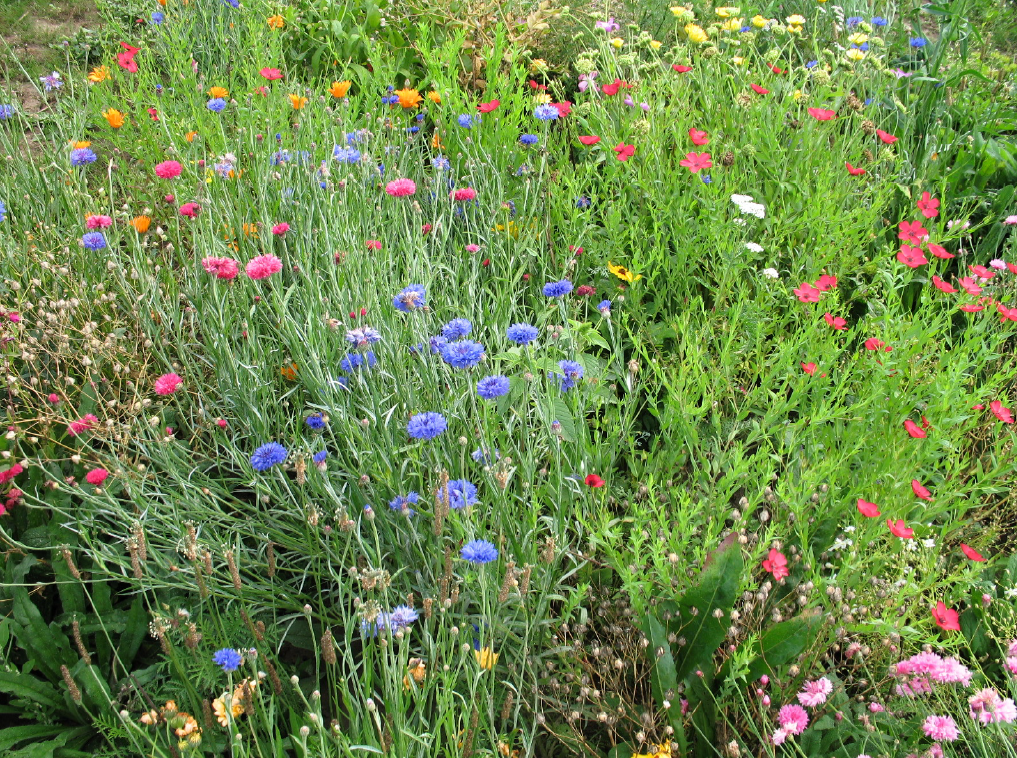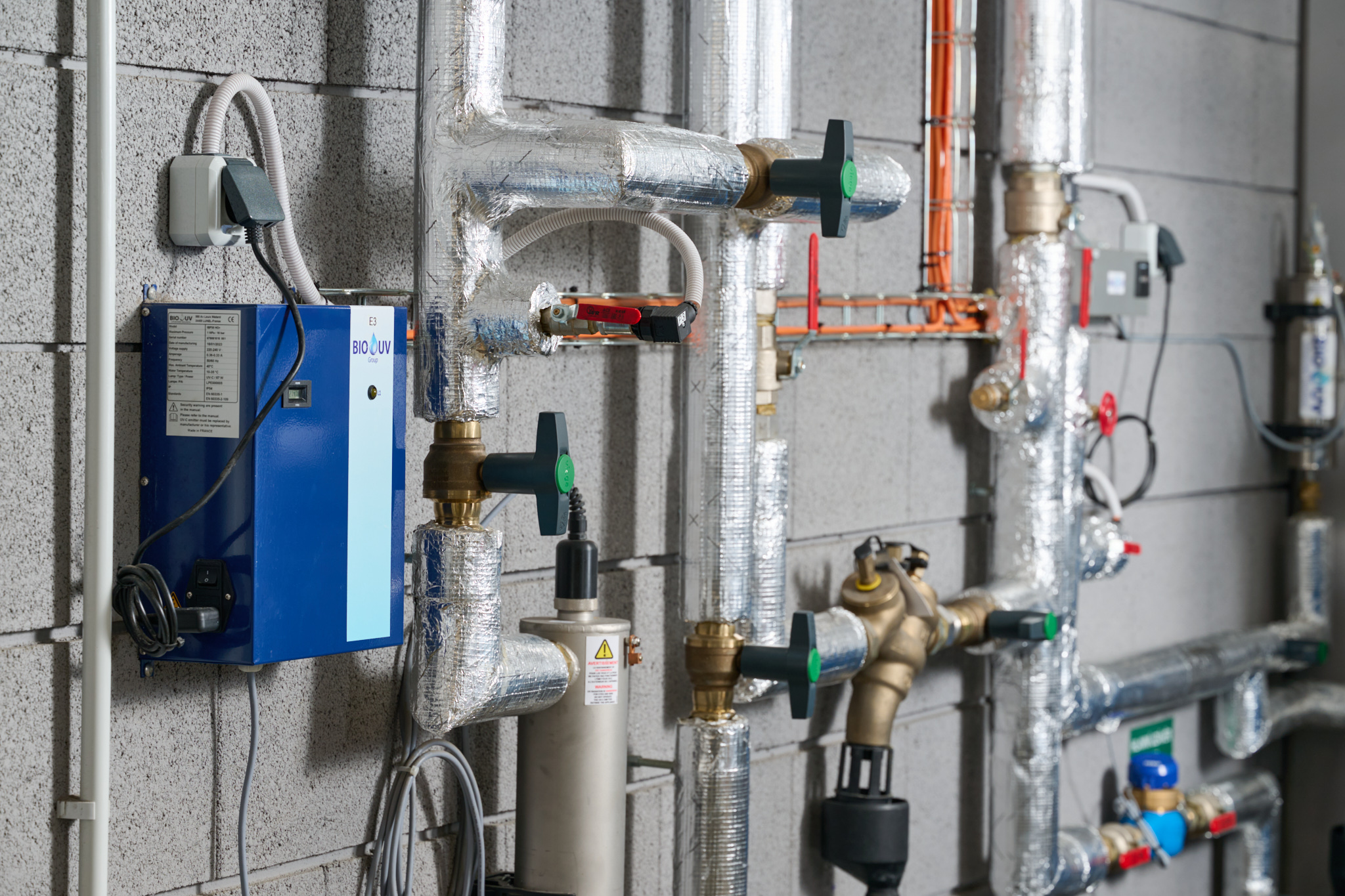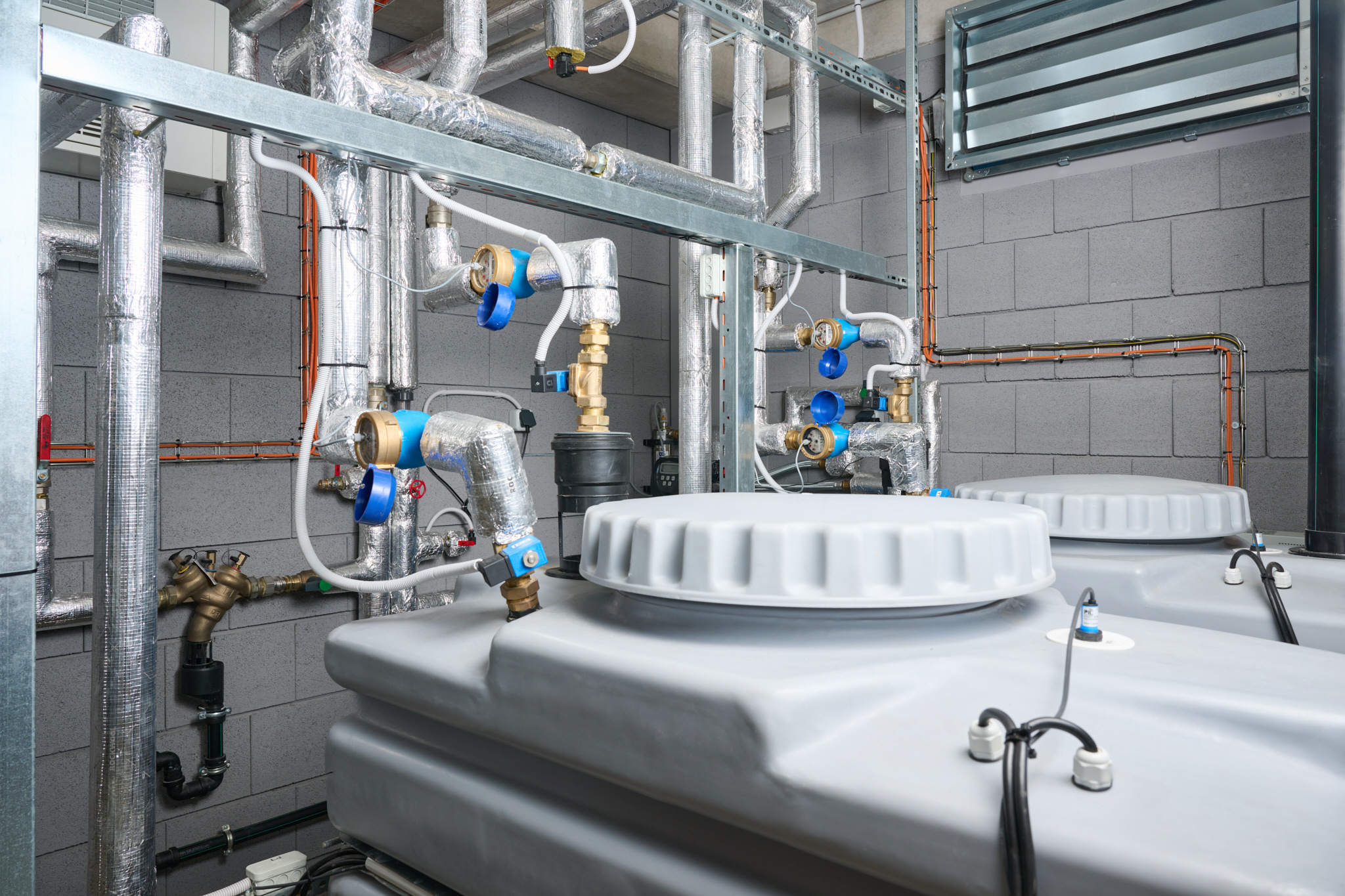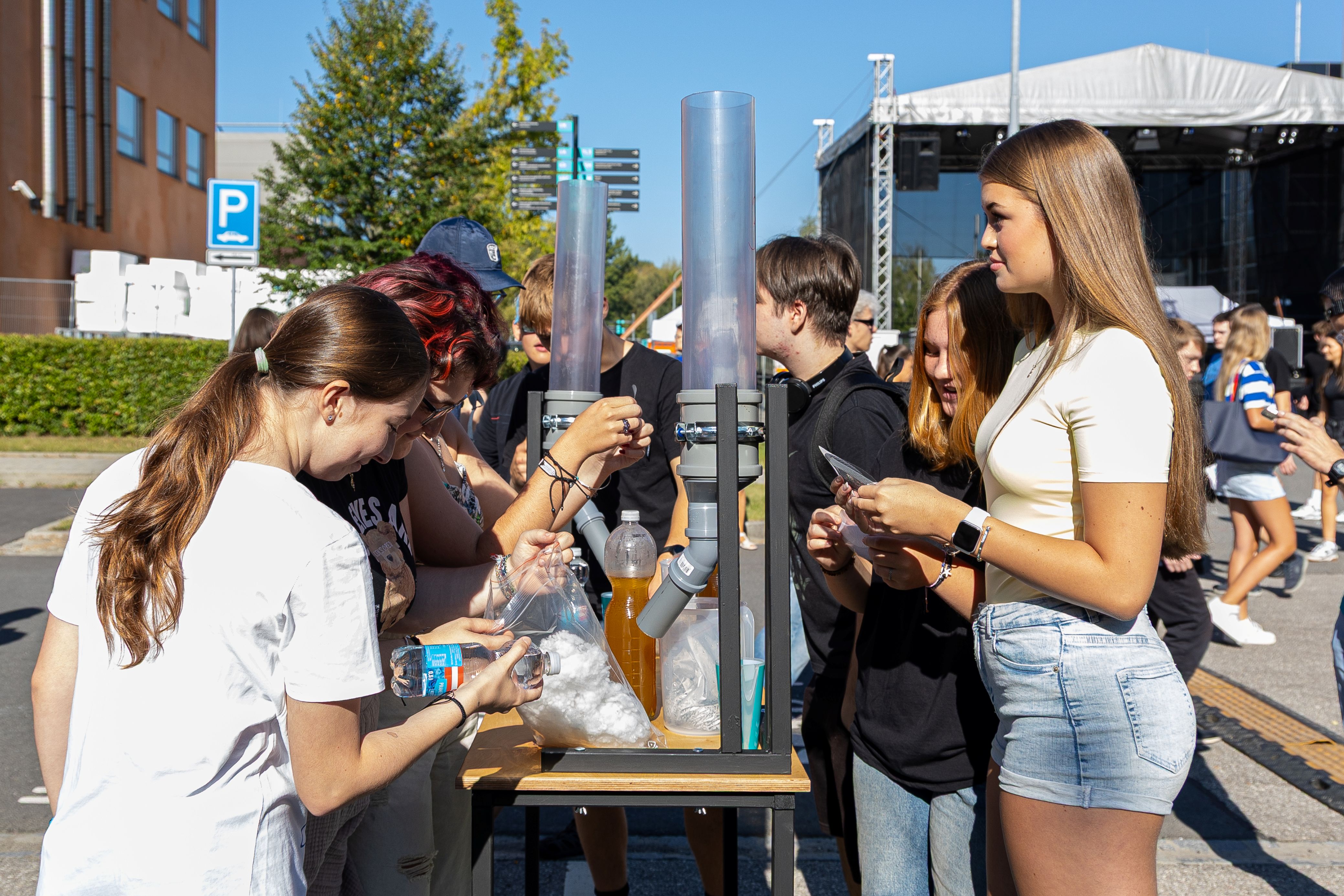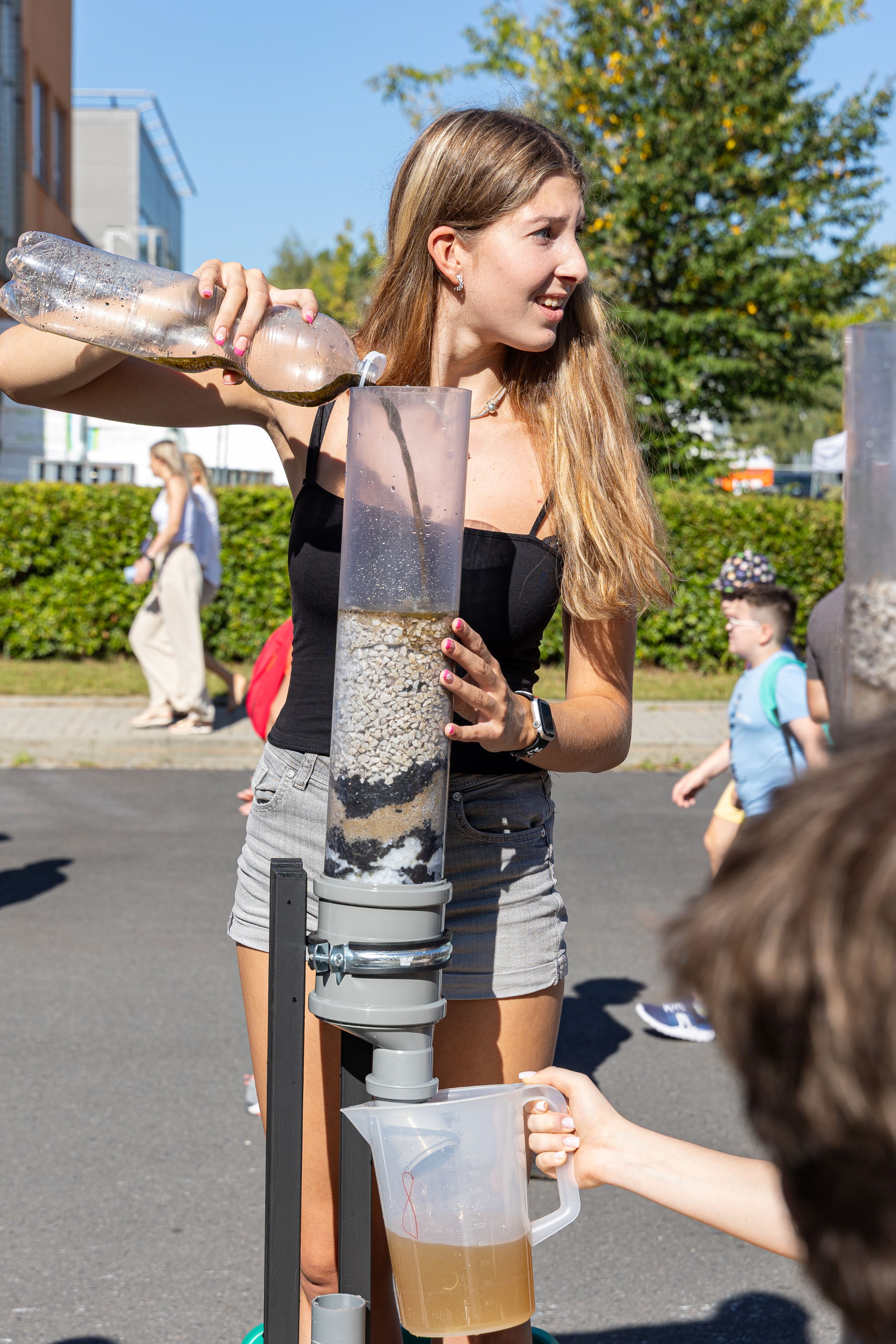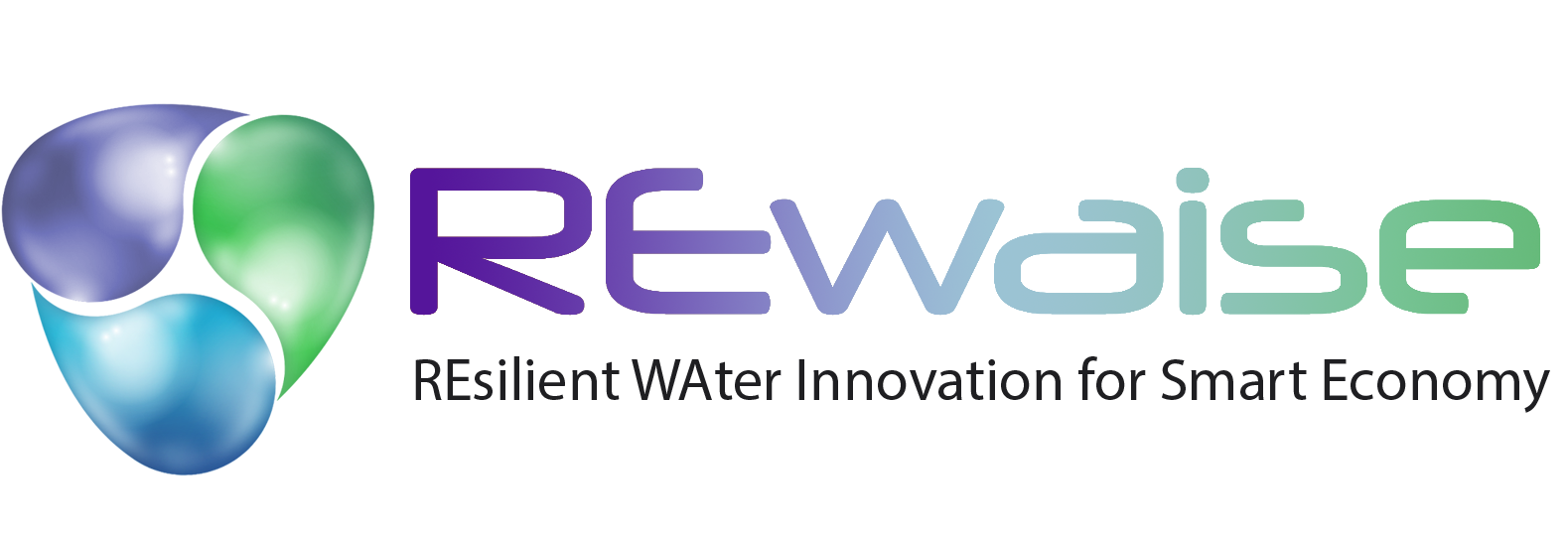VSB - Techncial University of Ostrava is dedicated to fulfilling SDG 6 by ensuring access to clean, safe, and sustainable water, promoting responsible use, and effectively treating wastewater, all while supporting local well-being and aligning with global water quality and environmental standards.
The drinking water on the VSB-TUO campus comes from the public water supply system, managed by Ostravské vodárny a kanalizace (OVAK), which ensures the proper treatment and distribution of water sourced from several locations. The primary sources include surface water from the Kružberk reservoir on the Moravice River and the Šance reservoir on the Ostravice River, providing 60–65% of the total drinking water supply to Ostrava, with the remaining 35–40% coming from groundwater sources in the Ostrava-Karviná region. The water undergoes thorough treatment and regular monitoring to meet the strict hygiene standards set by Decree No. 252/2004 Coll. and EU Directive 2020/2184, ensuring its safety for consumption.
